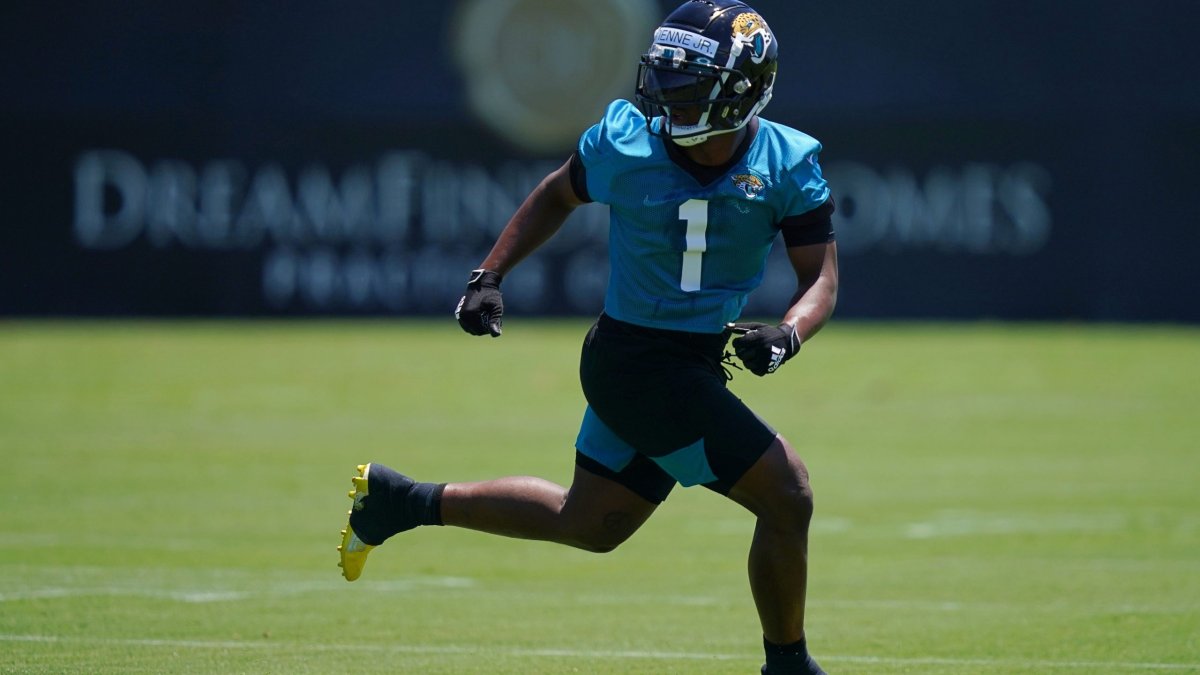Since the Jacksonville Jaguars selected running back Travis Etienne in the first round of the 2021 NFL Draft, to the surprise of many, there has been substantial intrigue about exactly what role he fits within the offense.
The Jaguars of all teams should know better than most that teams don't need to spend first-round draft picks on a running back, stumbling as they did into a 1,000-yard rusher a year ago in the form of undrafted rookie James Robinson. But from the moment they drafted him they have been talking about something far grander — a dual-purpose weapon trained at receiver and running back.
This isn’t anything new, either to head coach Urban Meyer or the NFL, but the league has typically approached this plan from the opposite direction.
I wrote almost exactly a year ago that the next big matchup weapons for NFL offenses could be wide receivers who have the capacity to line up in the backfield and receive true running back carries, as opposed to running backs with the ability to split out wide or into the slot and run pass patterns. The distinction is important because it changes how defenses, honed by decades of specialization, treat those players from a personnel standpoint.
Subscribe to
The NFL has generally sought running backs with receiver skills — players such as Le’Veon Bell, Marshall Faulk, Christian McCaffrey or even Ronnie Harmon and Amp Lee — figuring that splitting those players into the slot or out wide stresses defenses by generating favorable matchups against linebackers and other run-defense specialists. That may have been true at one point, but defenses have changed, and NFL linebackers are no longer 260-pound monsters who can’t operate in space. Players like Darius Leonard admit to playing weights under 220 pounds and are simply not as vulnerable as those who preceded them at the position.
The way to stress a defense is to flip the script and suddenly put coverage players in the spotlight against the run. This is where Meyer’s plan gets interesting, because that is the split his hybrid players originated with — a position that dates back to at least his days at the University of Utah. During the 2003 and 2004 seasons, Paris Warren — a wideout by designation — had about 23.5% of his touches come as rushing attempts.
Since then, Meyer’s hybrid players have skewed toward the backfield as their primary alignment, with Percy Harvin’s rushing attempts making up 59% of his touches from scrimmage at Florida and Curtis Samuel seeing 61.6% of his touches as rushing attempts at Ohio State. In between the two, Meyer also got creative with Trey Burton, a tight end in the NFL, lining up all over the offensive formation, including at quarterback, to cause the maximum amount of chaos for defenses.



 © 2024 PFF - all rights reserved.
© 2024 PFF - all rights reserved.